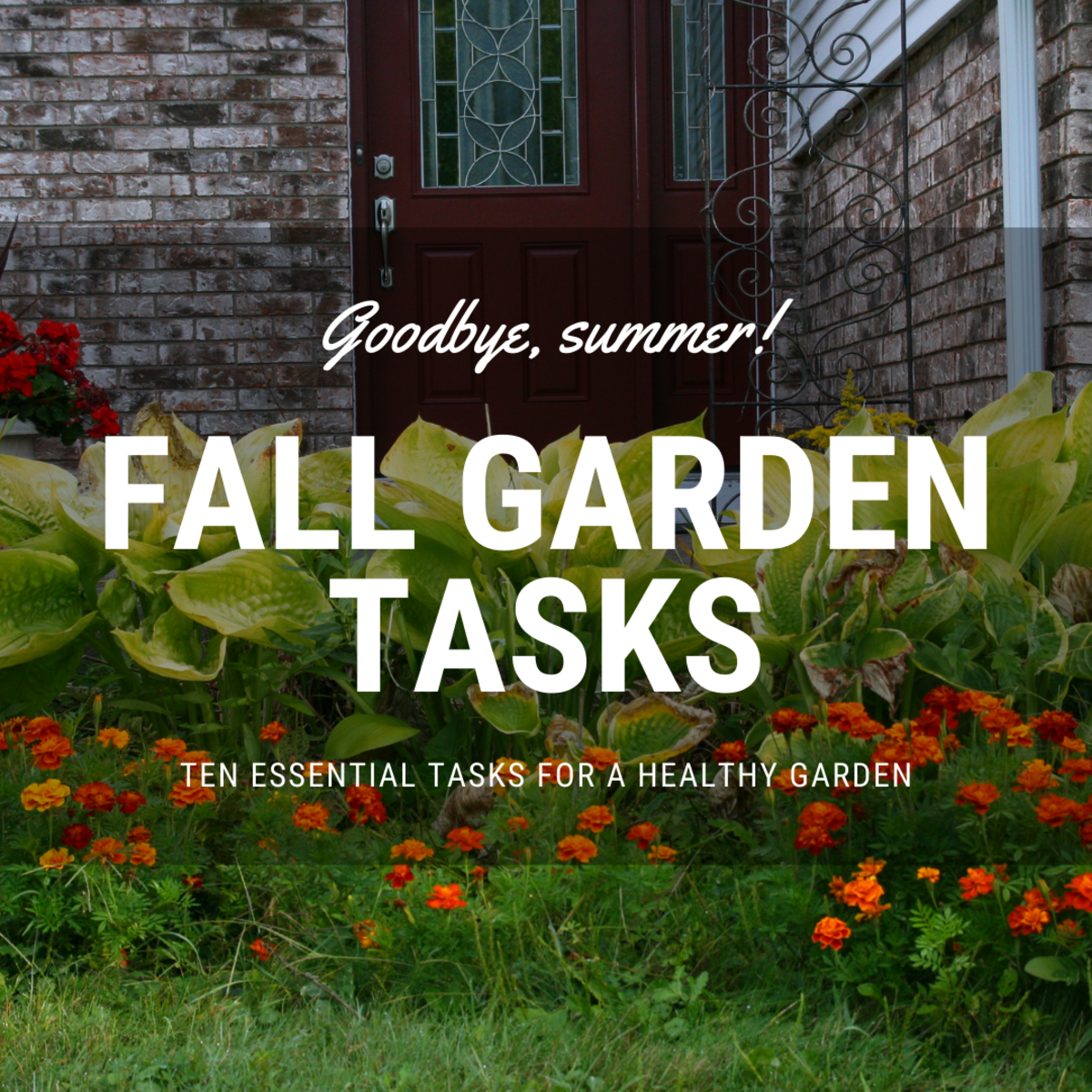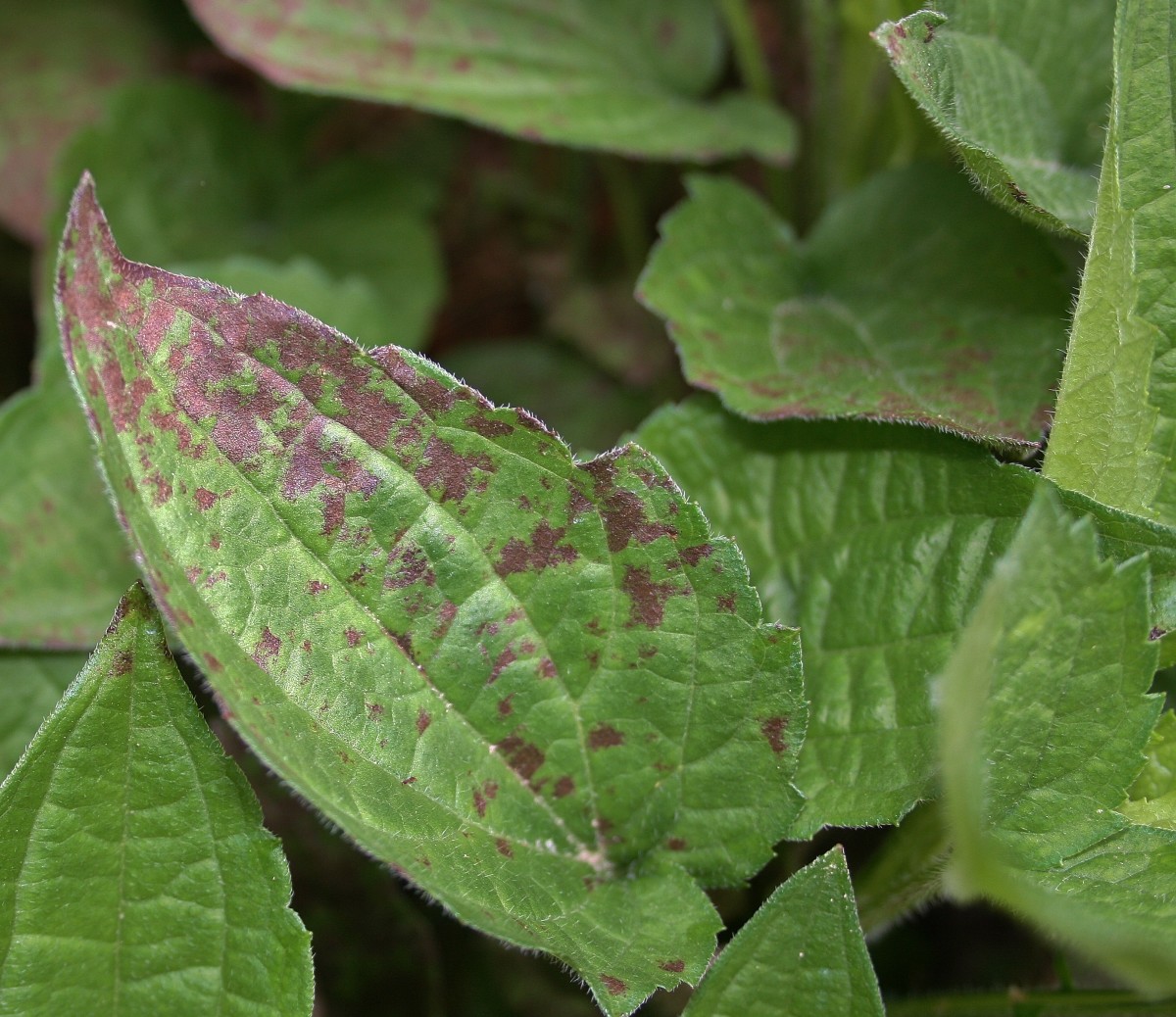How to Repair Garden Hail Damage
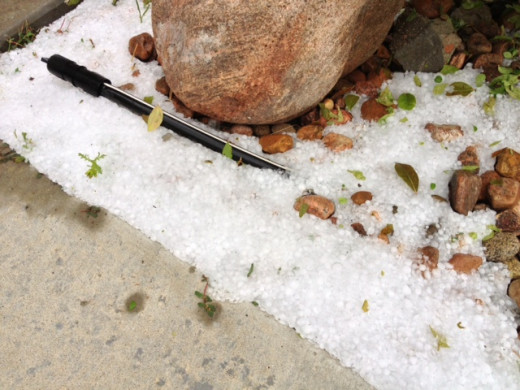
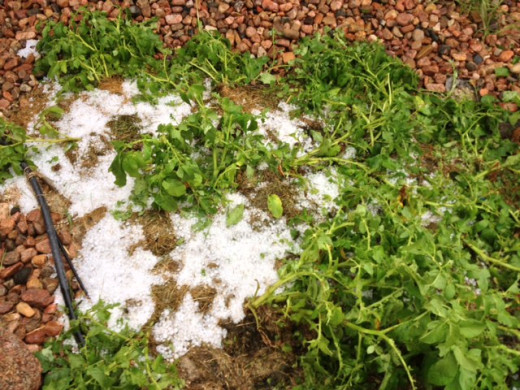
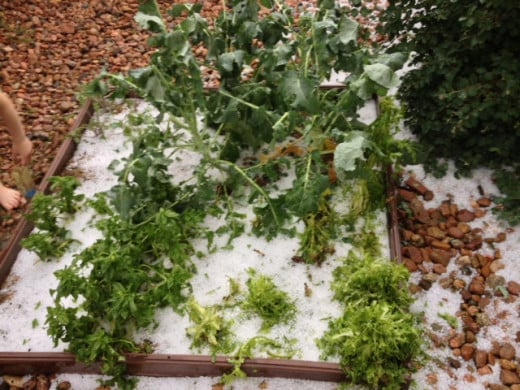
Summer hail storms can be especially discouraging to gardeners since they always seem to hit just as your plants are starting to look promising for harvest. There are ways to help your garden recover even if leaves are shredded and stems are broken on your favorite vegetables and fruit trees. We will look at symptoms and results of hail damage, how to repair and heal damaged plants, and how to prevent more damage later in the season.
Why does hail damage plants?
Hail is more damaging than wind or rain because of its density and speed. Hail can grow as large as six inches across and weigh as much as a pound. But even small 'pea sized' hail can severely damage crops and gardens because they hit the plants with so much force. Even small hail is hitting your plants at 20 mph. Faster if they are wind-driven. Large hail can hit as fast as 100 mph.
Once the hail is on the ground, it can accumulate on your plants and break them through sheer weight. While the largest hailstone ever recorded came in at 112 pounds, even small pea sized hail can accumulate a few inches deep and weigh down on plants just like several inches of snow.
Symptoms of hail damage in garden
Besides an obvious accumulation of hail on the ground, symptoms of hailstorm damage in the garden can be shredded leaves, broken stems, damaged branches on trees, and bruised fruits and berries. This can cause lasting direct damage. It can also weaken the plants and make them more likely to have problems with disease and pests.
If you don't take any action at all, you will see reduced yields in your vegetable garden. Perennial plants may spend most of their stored energy trying to restore their leaves or waste it on doomed stems. They won't have any energy left to survive the winter. Sometimes over-winter kills are actually the result of hail storms from months earlier.
How to repair garden hail damage
1) Cut / trim broken stems and leaves immediately
As soon as the mud from rain has dried a bit, go trim obviously shredded leaves, stems and branches right away. Don't let your plants or trees waste any energy trying to heal severe damage. Remove obviously damaged fruit, tomatoes, etc to avoid pests.
2) Fertilize plant to give them strength to heal
When you have surgery or get injured, your doctor recommends rest and eating right. Same for your plants. Lightly fertilize with compost tea or liquid fertilizer. This will give your plants the nutrition needed to repair the damage.
3) Give plants a week to show recovery before replacing, especially in early season
You will probably be surprised how resilient your vegetables and other plants actually are after a hail storm. Give your plants a week to show recovery. But if they're continuing to wilt, go ahead and dig them up. If it's early enough in the season, you're better off replacing them with new plants than allow the doomed ones to spread pests and disease.
4) Mulch heavily to protect the plants from additional hailstorms
After you've trimmed and fertilized, add new mulch to replace what was blown away or compacted during the storm. This will help your plants retain water needed to regrow. Thick mulch also protects the ground and roots from compaction in future storms.
5) Watch for recovery and help your plants along the rest of the season.
Tomatoes will likely survive, and in fact leaf damage towards the end of the season will speed ripening. Potatoes if damaged mid season or later can still produce a good crop. Studies have shown they can lose as much as 50% or more of their foliage after flowering and still produce well. Also means potato beetle damage recovers okay too.
How to prevent future hail damage to vegetable gardens
Hoop houses provide shade and can reduce speed of hailstones. Rather than taking your row covers and hoop houses down after each winter, leave them up so you can spread fabric / mesh if storms are predicted. Fabric hoop houses and row covers also slow down and break up large raindrops which can erode soil / damage tender plants.


